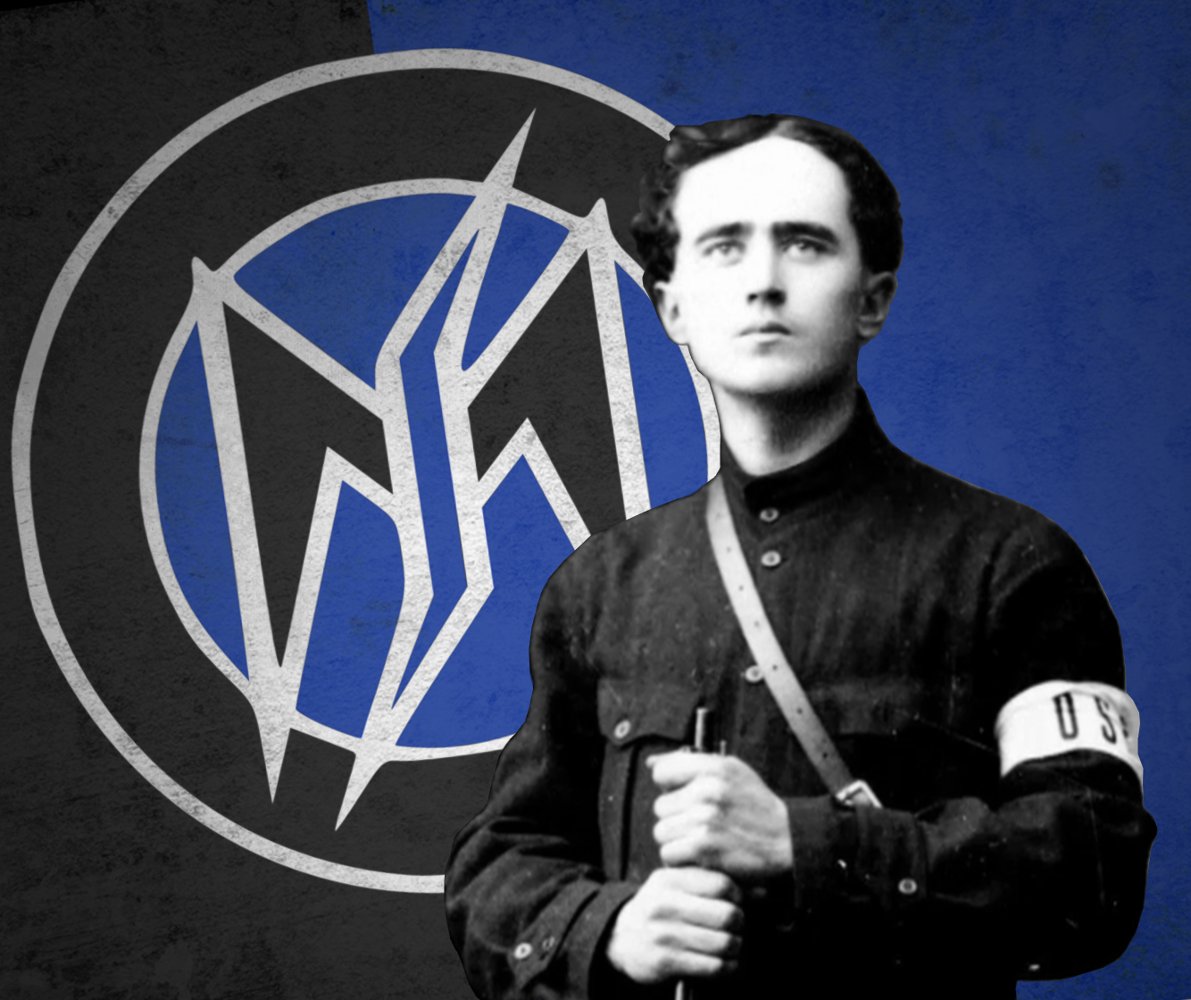
On this day in 1918 during the Finnish Civil War, the Battle of Kuopio ended. The battle was a relatively bloodless, yet important victory for the White Army in Northern Savonia. 



The White forces were officially led by Carl Malm, an officer of the Old Finnish Guard, disbanded in 1905, but in battle they were led by Jägers like Einar Vihma, who had returned from Germany to liberate his hometown. 



The Whites of Kuopio received reinforcements from Ostrobothnia and Kajaani. Among the soldiers of the Kajaani Sissi regiment was young Urho Kekkonen, the future president of Finland. 





The Whites had many machineguns but only dozen rounds of ammo per gun. With a skillful bluff, they convinced the Reds that they had been resupplied, which made the Reds take defensive positions at the military barracks near the city center. 



The Reds were sieged for a week at the garrison when finally, the Whites brought in artillery and after a couple shells hit the buildings, the Reds surrendered. Afterwards, the barracks were turned into a prison camp for the Reds. 

• • •
Missing some Tweet in this thread? You can try to
force a refresh


















